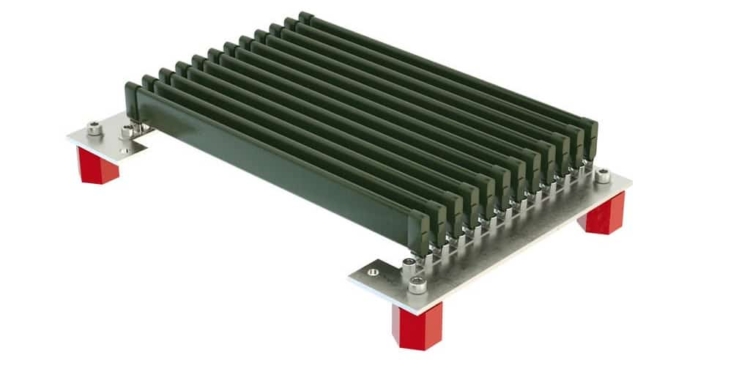source: Kanthal news
Kanthal is introducing new rugged, non-inductive high resistance resistor series – Type BA – and discuss upcoming ‘Disk Washer’ resistors. The expanded range of electric components provides multiplied voltage, pulse energy and power load capacity in extreme conditions.
The unique BA resistor series and extreme energy Disk Washer resistor, have both been designed to withstand temperature changes, humidity, vibration and dirt. With many possible ceramic geometry options, they can be custom fitted in compact or portable power packages.
“Our tubular ceramic resistors are chemically inert and thermally stable. Unlike standard wire-wound and film type resistors, they can withstand overload heat up to 350°C without failure or experience deformation when cooled,” explains Charles Treadaway, Manager Sales and Marketing, Kanthal.
Kanthal’s high quality ceramic resistors and capacitors are suitable for a wide range of applications including radar, motor drives, broadcast transmitters, medical defibrillators, MRI scanning devices, high voltage power supplies and energy research.
“Our approach is to be a collaborative partner and provide a seamless service. Our products are highly customizable and they allow for more energy in a smaller space. We can use as many as 120 resistors in one assembly unit,” Treadaway adds.































